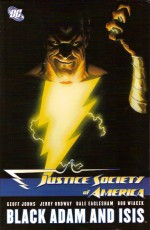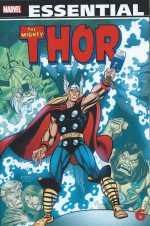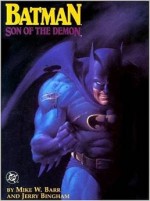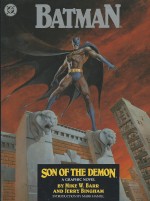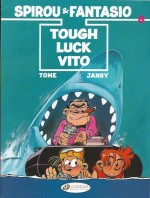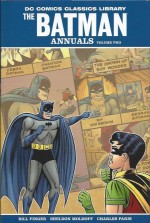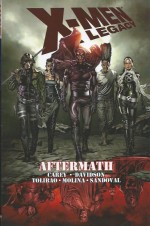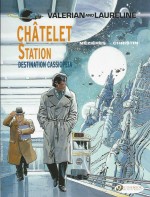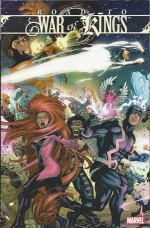
By Christopher Yost, Dan Abnett, Andy Lanning, Andy Schmidt, Michael Hoskin, Dustin Weaver, Paul Pelletier, Bong Dazo, Frazer Irving & various (Marvel)
ISBN: 978-0-7851-3967-6
As every comics fan knows, the world is not enough. Eventually all horizons expand and your favourite character goes cosmic. Marvel Comics have long been capitalising on dramas from beyond the unknown and in 2006 constructed a monumental crossover epic which not only featured the usual stellar stalwarts but was also expansive enough to encompass a host of more Earthbound stars.
Annihilation spawned a cascade of sidereal sequels and in 2008 many of Marvel’s major players became deeply involved in one of the most expansive as War of Kings redefined the role of mutants, Inhumans and three perpetually warring stellar empires.
As usual the tale spread through a number of titles, miniseries and specials over many months, enveloping such disparate do-gooders as the Guardians of the Galaxy, Nova, Skaar – Son of Hulk, Darkhawk and more.
This slim compilation collects pivotal opening sallies X-Men: Kingbreaker #1-4, Secret Invasion: War of Kings, War of Kings Saga and pertinent extracts from X-Men: Divided We Stand #2, spanning July 2008 to May 2009.
Crafted by writers Dan Abnett & Andy Lanning and illustrators Paul Pelletier, Bong Dazo, Rick Magyar & Joe Pimentel, Secret Invasion: War of Kings finds a fleet of shapeshifting Skrulls desperately fleeing Earth after their all-out incursion was repulsed.
As part of the scheme the invaders had imprisoned and tortured Inhuman ruler Black Bolt for months, and when his family freed him the silent monarch’s fury knew no bounds…
Conceived as another fantastic lost civilisation and debuting in 1965’s Fantastic Four #44-48 during Stan Lee & Jack Kirby’s most fertile and productive creative period, The Inhumans are a race of (generally) humanoid beings genetically altered 25,000 years ago, after Imperial Kree explorers landed on Earth and tampered with the biology of a tribe of primitives, just as they had on hundreds of other worlds.
Consequently the guinea pigs became technologically advanced far ahead of emergent Homo Sapiens and isolated themselves from the world and barbarous dawn-age humanity in a fabulous city named Attilan: first on an island and latterly in a hidden valley in the Himalayas.
Long ago Randac, one of the rulers of the intellectual super-race, took DNA manipulation to its ultimate end, devising the Terrigen Mist process, which mutated citizens into infinitely unique individuals of astounding power. The measure originally met with much opposition and hordes of Attilans quit the city forever, setting up their own isolated enclaves and increasingly interbreeding with their less evolved cousins…
After millennia in hiding, growing global pollution levels began to attack the Inhumans’ elevated biological systems and they relocated their entire city-civilisation to the Moon. This bold act exposed them to military scrutiny and they became known at last to Earth’s teeming masses.
Run along quasi-mystic lines by a priesthood, the Attilan mark of citizenship is gained through immersion in the Terrigen Mists which enhance and transform individuals into radically unique and generally super-powered beings. The subspecies is obsessed with genetic structure and heritage, worshipping their ruling Royal Family as the rationalist equivalent of mortal gods.
Now, following the Skrulls’ shameful debasement of Black Bolt, the citizens are ready to fully embrace their millennial destiny as living weapons and carve a place for themselves in the greater universe.
The shapeshifters are only the first to fall and by the time he has done, Blackbolt has taken the Kree Empire by the throat and made himself its lord…
‘The Hole’ originally saw print in X-Men: Divided We Stand #2, wherein Andy Schmidt and Frazer Irving detailed the ordeal of former X-Men Alex Summers – AKA Havok – and his one-time lover Polaris following their participation in a coup intended to remove the head of the Shi’ar Empire.
That vile potentate was crazed mutant Vulcan (revealed as Alex’s half brother Gabriel Summers) who had risen from the rank of slave to seize power in a blood-drenched, if politically astute, campaign of terror. After failing to destroy his insane sibling, Havok was imprisoned under an ocean on a remote world and systematically tortured by the triumphant Vulcan.
It didn’t matter: Alex bided his time and waited…
Opportunity knocked at last in 4-part miniseries X-Men: Kingbreaker (by Christopher Yost, Dustin Weaver, Paco Diaz, Jaime Mendoza, Victor Olazaba & Vicente Cifuentes) which forms the majority of this introductory tome.
After consolidating his position Vulcan, with his Shi’ar queen-consort Deathbird, begin a studied attack on the intergalactic status quo, greedily snatching up new worlds in a devastating war of expansion. With the dominant states of the universe reluctantly ranging against him ,Vulcan is caught off-guard when a coalition of Earth mutants join freebooting space-pirates The Starjammers in a rescue mission to free Alex, Polaris and their own captured comrades…
Stretched and already unstable, the upstart Emperor responds by freeing the five greatest menaces in Shi’ar custody as a penal battalion and is utterly astonished when the devilish malcontents increasingly run amok, killing civilians and even destroying entire worlds…
When the dust finally settles his greatest foes are free and many of his dutiful allies and subjects are thinking of switching sides…
Truly deranged but undeterred Vulcan continues his rush to conquest, turning his attention to The Kree, where newly enthroned Supremor Black Bolt is ready and waiting…
To Be Continued in various War of Kings collections…
Although the sequential narratives end here this catalogue of cosmic calamity carries one last prize as the incipient interstellar insurrection is scrupulously diarised and knitted together from its scattered beginnings through extracts and snippets from a vast number of assorted comics issues collated by Michael Hoskin.
How it all began and where it will lead is diligently tracked via the sterling strip efforts of writers Carlos Pacheco, Rafael Marin, David Hine, Paul Jenkins, Sean McKeever, Andy Schmidt, Joe Pokaski, Brian Michael Bendis, Ed Brubaker, Greg Pak, Abnett, Lanning & Yost with the appropriate and stunning visual accompaniments by Ladrönn, Jorge Pereira Lucas, Irving, Jae Lee, Matthew Clark, Roy Allan Martinez, Tom Raney, Jim Cheung, Alex, Maleev, Trevor Hairsine, Billy Tan, Adi Granov, John Romita Jr., Weaver, Wellington Alves & Pelletier to form a mosaic of data vital to further progress whether you’re a Marvel die-hard or callow comic neophyte.
Sprawling, epic and remarkably engaging, if you’re into cosmic conflagration this is a splendid starting point for a grand adventure…
© 2009 Marvel Characters, Inc. All rights reserved.


